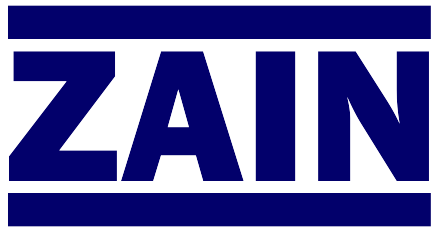Mixing and Blending Fundamentals for Industrial Applications
Authors:
J.Y. Oldshue
D.B. Todd
The document provides an in-depth discussion on mixing and blending, covering impeller design, shaft stability, and critical speed considerations that influence equipment performance. It explains how baffles, tank geometry, fluid viscosity, and solid suspension behavior impact flow patterns, power consumption, and mixing efficiency. The text also explores specialized equipment such as anchor and helical impellers, scraper blades, and in-line mixers, emphasizing their applications in achieving uniform blending, circulation, and heat transfer across a range of industrial processes.
Key Learnings
- Mixer shafts must operate below their critical speed to prevent resonance and potential equipment failure.
- Portable mixers often cross critical speeds due to unstable installations, while large equipment requires stricter stability considerations.
- Impeller flow and pumping capacity determine mixing effectiveness, with draft-tube circulators and baffles enhancing circulation at the cost of higher power consumption.
- Tank geometry, especially square and rectangular shapes, can provide natural baffle effects, reducing the need for added baffles at low power levels.
- Power consumption is influenced by impeller type, Reynolds number, and flow regime (turbulent vs. viscous), making impeller selection critical for efficiency.
- Solid-liquid mixing depends on particle settling velocity, which dictates suspension type (off-bottom, partial, or uniform suspension) and associated power requirements.
- Improper impeller shaft angles can create quiet zones and sediment buildup, especially in large storage tanks, requiring angle or rotation adjustments.
- Viscosity greatly affects mixer design:
- Low viscosity (<5 Pa-s): axial or radial turbines.
- Medium viscosity (5–50 Pa-s): turbines, anchors, or helicals.
- High viscosity (>50 Pa-s): anchors or helicals are preferred.
- Anchor impellers provide limited top-to-bottom flow but are common in high-viscosity and heat-transfer processes.
- Helical impellers improve circulation and blending in Newtonian and non-Newtonian fluids, with performance affected by blade pitch, clearance, and number of flights.
- Scraper blades can enhance heat transfer but increase power demand, highlighting a tradeoff between efficiency and energy use.
- In-line mixers use fixed elements to introduce turbulence and shear, improving transverse uniformity but requiring additional residence time or tank systems to achieve full time-interval uniformity.
If you can’t see the PDF, click "Open in new tab".

